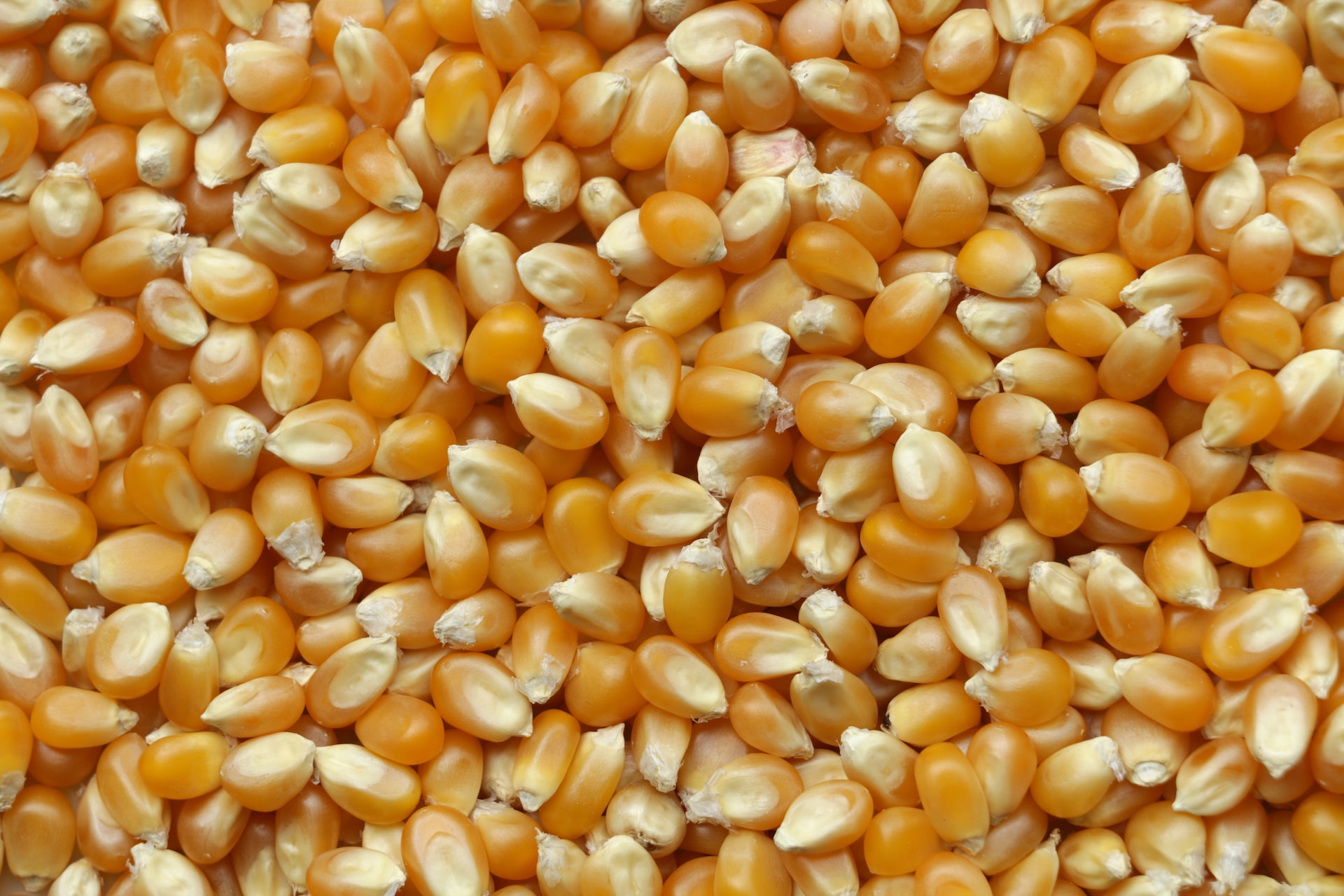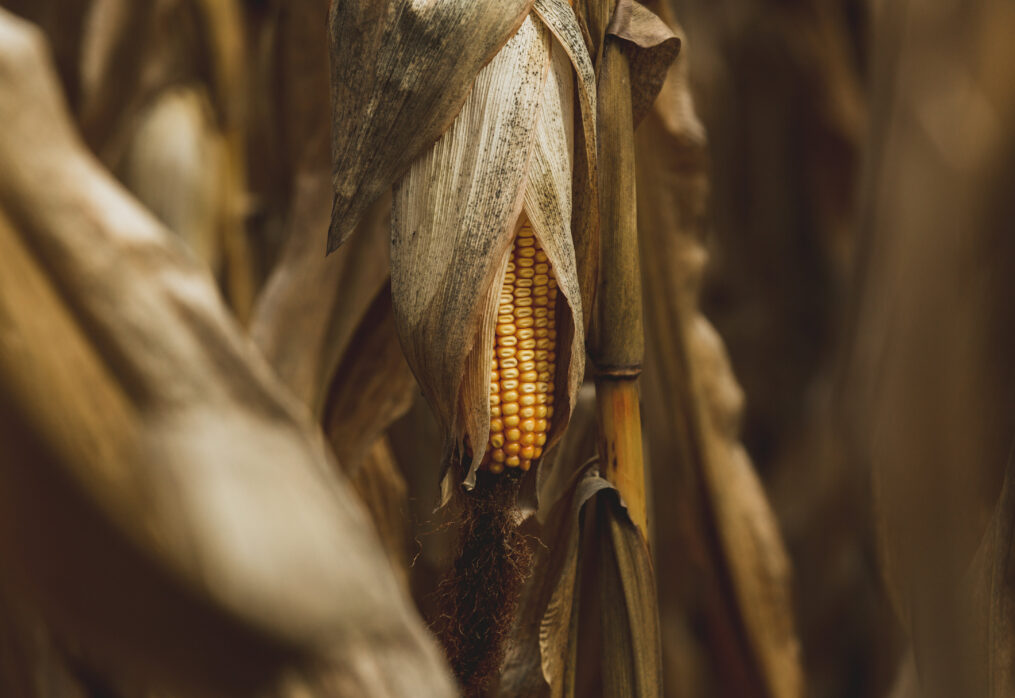The global corn market is unstable: an overview of the situation
The corn market is experiencing a decline in production
According to experts’ forecasts, the corn market in 2022/23 will develop rather unstable. Compared to the previous marketing year, production will decrease from 1.22 billion to 1.17 billion tons, but at the same time will exceed the indicators of the 2020/21 season. Forecasts may be adjusted later as there are concerns about the impact of drought in a number of producing countries.
For one major exporter, production was impacted by weather — rain and wet snow significantly slowed the harvest and resulted in a prolonged harvest period. The season was not good for Romania as well. Here production was the lowest since 2007 as a result of a prolonged drought. The lack of rainfall led to a decrease in the harvest by about 40-50%, and the average production per hectare was only 3 tons.
The drought affected corn crops not only in Romania, a serious reduction in rainfall was observed throughout the EU. As a result, the total yield of the countries was 53-54 million tons, although last season it was at 71 million tons. Argentina has no problems with the lack of rainfall, but it also has its own peculiarities, which negatively affected corn production. Although there were rains during the growing season, there was a lot of heat at the same time. The combination of rainfall and high temperatures put additional stress on the plants, thereby reducing the quality of the crop. This situation affected not only corn cultivation but also soybean cultivation, from the sowing period of the plants to their ripening. Sowing rates in Argentina also dropped compared to the previous season by about 20% for soybeans and more than 6% for corn.
Argentina has no problems with the lack of rainfall, but it also has its own peculiarities, which negatively affected corn production. Although there were rains during the growing season, there was a lot of heat at the same time. The combination of rainfall and high temperatures put additional stress on the plants, thereby reducing the quality of the crop. This situation affected not only corn cultivation but also soybean cultivation, from the sowing period of the plants to their ripening. Sowing rates in Argentina also dropped compared to the previous season by about 20% for soybeans and more than 6% for corn.
The corn market is also under strain from trade disputes between the U.S. and Mexico. Countries cannot reach a consensus on the scope of GMO corn. In late 2020, Mexico imposed a ban on imports of such varieties of grain, which is expected to last until 2024. In addition, the government plans to abandon the use of glyphosate, the process will be carried out in several stages. The U.S. does not agree with such decisions and threatens Mexico with lawsuits. To avoid exacerbating the controversy, the Mexican government plans to allow GMO corn of the yellow varieties, which are used for feed in livestock production. However, the ban will apply to white varieties used for human consumption.
However, this proposal does not satisfy the U.S. side. They believe that the ban on the use of biotech corn, regardless of its varieties, contradicts the agreement adopted by the U.S., Canada, and Mexico. It should be noted that the latter is the largest importer of American corn, and about 90% of the crop grown in the U.S. is genetically modified.
